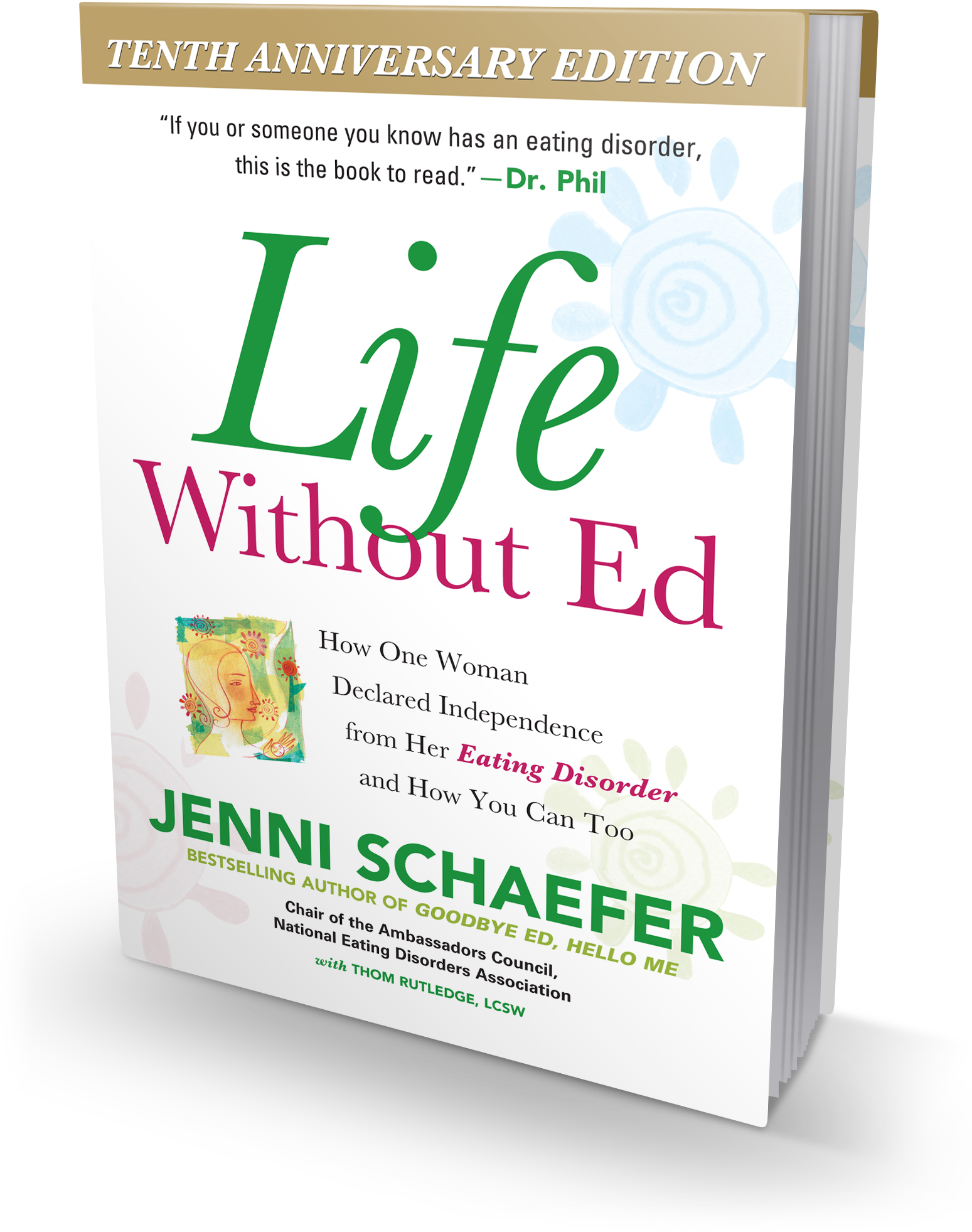
Spilove Psychotherapy Blog
Explore Insights, Healing, and Growth
Your journey to self-discovery, mental wellness, and emotional resilience starts here. Our blog is a space where our therapists share thoughts on trauma recovery, relationships, mindfulness, and holistic healing.
Whether you're looking for practical tools, personal reflections, or a deeper understanding of mental health, you'll find compassionate and thoughtful perspectives to support your path.
Browse our latest posts and discover new ways to grow, evolve, and find balance
Explore
Embracing Sweet Liberation: How Candy Salad is Breaking Boundaries with Food Rules
Discover how Candy Salad is breaking down societal expectations and beliefs about 'healthy' eating! Click here to learn more about how Candy Salad encourages us to tap into sweetness and indulge without feeling guilt.
EMDR & Eating Disorders
Did you know that many individuals have found EMDR therapy to be an effective and beneficial treatment option for those in eating disorder recovery? If you are interested in learning more about this approach, we invite you to visit our blog where you can delve into the details.
Is an Eating Disorder Support Group for Me?
Right now, you may be feeling that you have lost a sense of how to navigate the world around you, because you are in the throes of recovery and you have lost parts of yourself to the eating disorder. Eating disorder support groups can be a way to support your recovery journey and claiming your life back…
Eating Disorder Treatment: What you should know
Recently, I created a list of questions to ask when vetting an eating disorder treament program to see what they actually provide. I thought I’d share this with all of you in case you’re looking for a higher level of eating disorder treatment.
Preventing Burnout: Mindfulness Practices for Creating Space by Melanie Taylor
I’ve created a list of 5 simple ways you can create more space in your day utilizing mindfulness to prevent burnout and overwhelm.













